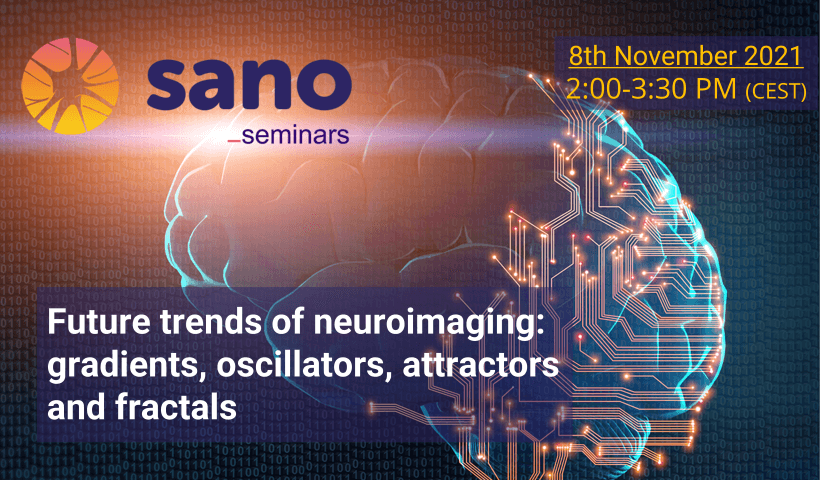Understanding causes of diseases might be a long shot. Despite there is surely underlying genetic basis. We probably still do not have the tools and technology to grasp all genetic pathways and interaction of proteins resulting into a disease or a disorder.
Neuroimaging represents an intermediate phenotype which we can use to derive model and biomarkers bridging the gap between the genetic “source code” disease or behavioral phenotypes. Focusing on this intermediate phenotype. I will review the current and future trends of models representing the complex interactions of brain subparts as gradients, oscillators, state attractors, and fractals.
Gradients are commonly used to divide neurogenic regions into distinct functional domains. Interestingly this hierarchical assembly of the brain is also matched by gene expression gradients. How and why this modular organization exist is and interesting ongoing area of research.
A characteristic feature of cortical dynamics in mammals is the emergence of behavior-dependent oscillatory networks spanning five orders of magnitude in the frequency domain a neural mechanism behind the self-organization of connectome harmonics with a continuous neural field model of excitatory–inhibitory interactions on the connectome.
Computers are carefully engineered to represent and perform mathematical operations on structured data, neurobiological systems perform analogous functions despite flexible organization and unstructured sensory input network. Recurrent neural networks (RNN) can learn to modify its representation of complex information using only examples. By training the network to replicate the Lorenz inputs, it learns to autonomously evolve about a Lorenz-shaped manifold.
To generate our thoughts, our brains create this amazing lightning storm of connection patterns. In the field of geometry, fractals are shapes that appear similar at different scales. Within a fractal, shapes and patterns are repeated in an infinite cascade, such as spirals comprised of smaller spirals that are in turn comprised of still-smaller spirals, and so on.
Brain networks organize in a similar way: patterns of brain interactions are mirrored simultaneously at different scales. When people engage in complex thoughts, their networks seem to spontaneously organize into fractal-like patterns.
When those thoughts are disrupted, the fractal patterns become scrambled and lose their integrity.





